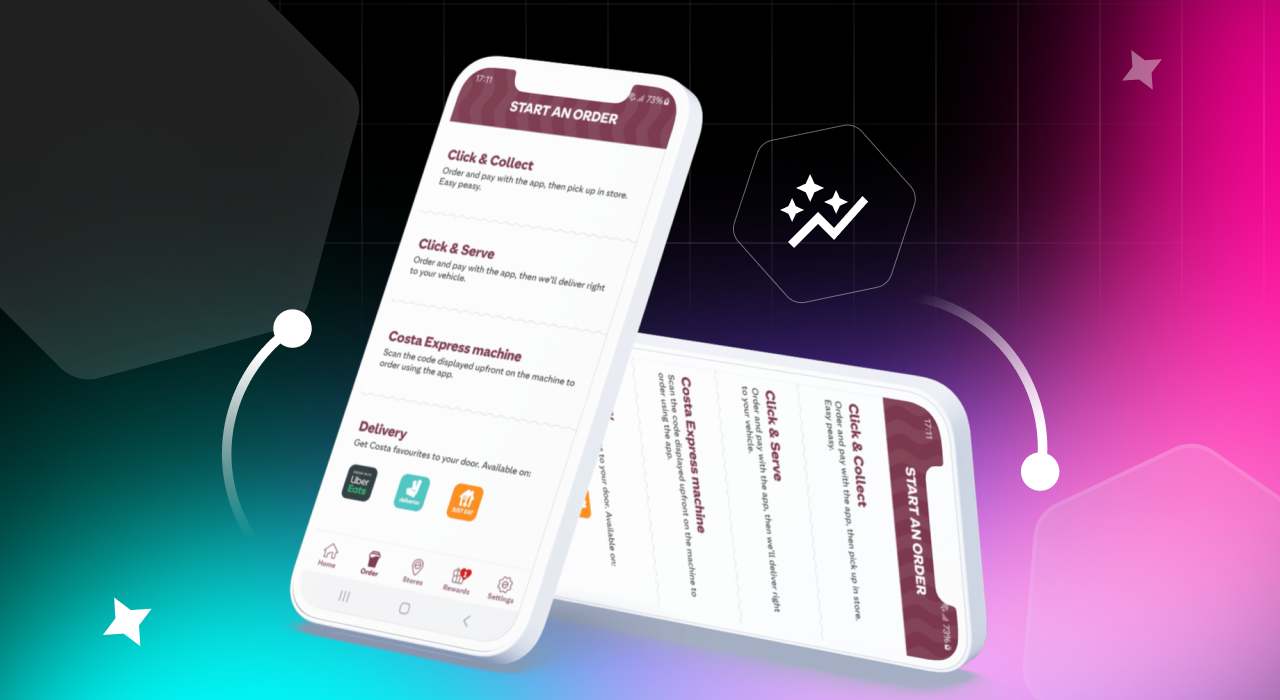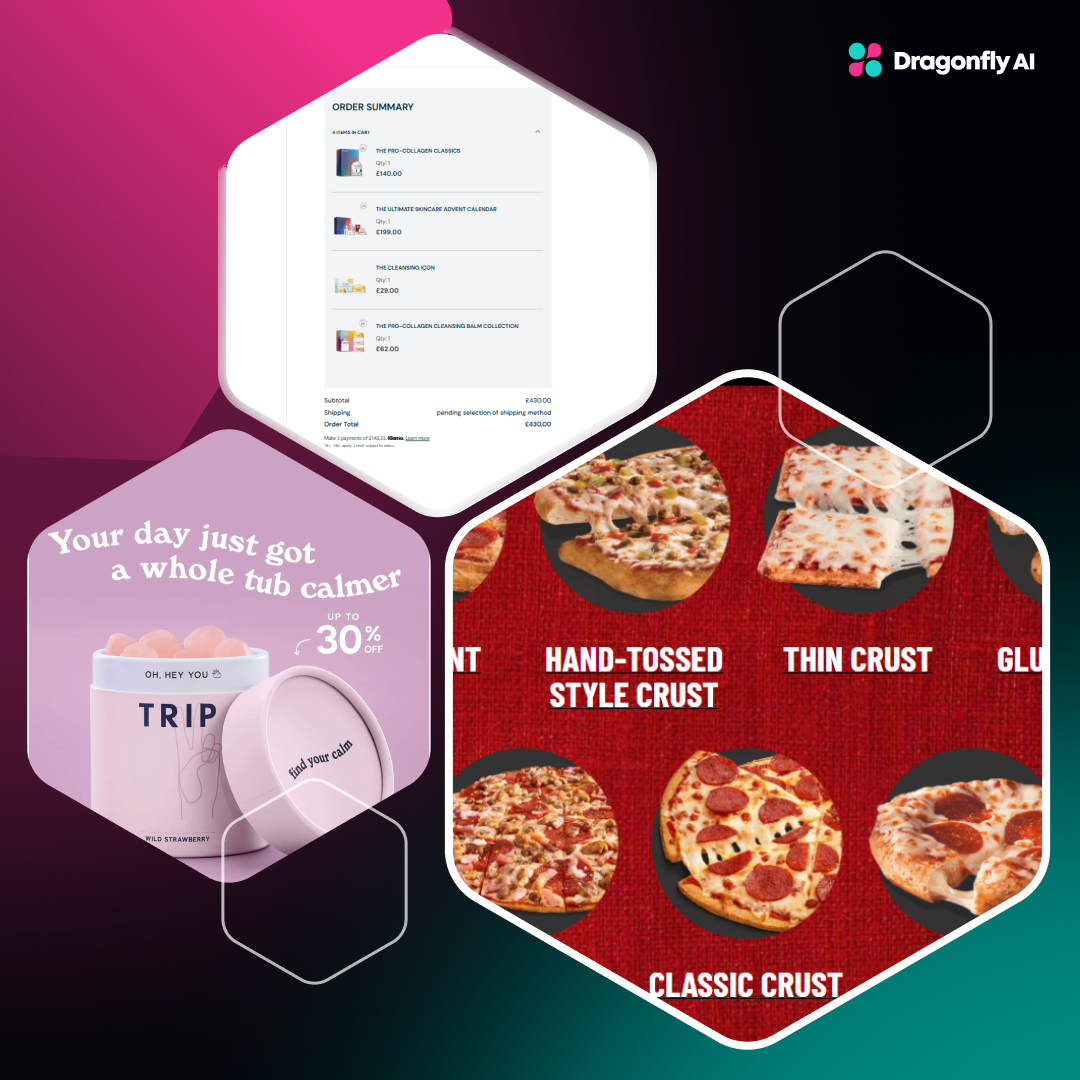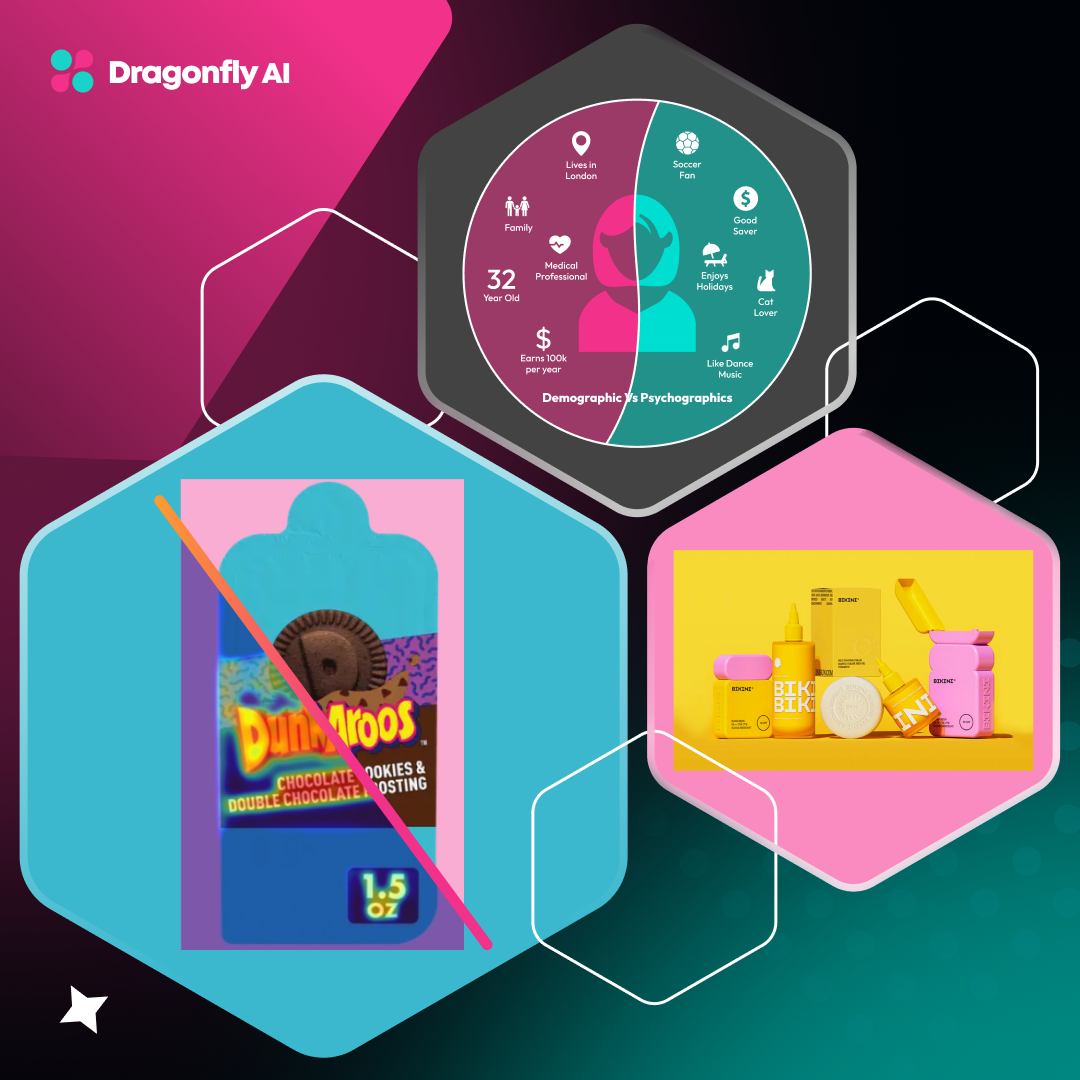In retail, data isn't just numbers—it's the edge over your competition. Retail analytics takes this data and turns it into a powerful tool that can drive significant growth and smarter decision-making.
Whether you run a small shop or a big company, using analytics to understand customer behavior, improve your business's operations, and make better decisions is important to ensure success in such a competitive market.
So, how can retail analytics transform your business?
We're about to show you how to use information like sales numbers, customer visits, and feedback to your advantage. As well as share how technologies like artificial intelligence (AI) and machine learning help make sense of this data.
Ready to see how this tool can change the way you interact with customers and streamline how things get done?
What is Retail Analytics?
Retail analytics is like having a high-powered microscope that zooms in on every corner of a retail business, revealing insights that might otherwise go unnoticed.
By collecting and analyzing data from various sources to better understand customer preferences, you can optimize stock levels, predict future trends, and ultimately, make better business decisions.
Here's how it breaks down:
Types of Data Used in Retail Analytics:
- Sales Data: This includes everything from what items are flying off the shelves to which promotions are driving sales. It helps retailers understand what’s working and what’s not.
- Customer Traffic: Tracking the number of people who visit your physical and online store can tell you about peak shopping times and shopper behaviors.
- Inventory Levels: Monitoring what’s in stock ensures you have the right products at the right time, avoiding overstock and stockouts.
- Customer Feedback: This can be direct feedback from surveys or indirect insights through online reviews and social media. This type of feedback provides an unbiased look at customer satisfaction and shows you possible areas for improvement.
Technologies and Methods Used:
- Artificial Intelligence and Machine Learning: These technologies help predict shopping trends and customer behavior by analyzing patterns.
- Big Data Analysis: This involves examining large sets of data to uncover hidden patterns and correlations. Big data helps you understand broader market trends and make data-driven decisions that align more closely with your customer’s expectations.
Transforming Retail with Analytics: Key Impact Areas
Let’s take a closer look at a few of the specific areas where retail analytics is making a big difference.
Sales Optimization: Smarter Decisions for Better Results
By analyzing past sales data and current market trends, retail analytics helps you predict what products will be hot sellers.
This means you can adjust your inventory in real-time to make sure the favorites are always in stock, while also tweaking prices based on demand, competition, and how much you have on hand. This smart pricing ensures you’re always offering the best deals to attract more buyers while protecting your bottom line.
Customer Insights: Personalizing the Shopping Experience
Retail analytics lets you peek into your customers' minds. By examining data from past purchases and browsing habits, you can tailor your marketing to show customers exactly what they like, increasing the chances they’ll bite.
It’s more than just sending out targeted emails or ads, but truly understanding your customers’ feedback and behavior to continually improve the shopping experience. This could mean anything from suggesting the perfect pair of jeans to offering a personalized discount that turns a browser into a buyer.
Operational Efficiency: Streamlining Your Business to Save Time and Money
Efficiency is the name of the game, and retail analytics is the coach. By pinpointing where time and resources are being wasted, analytics helps you tighten up your operations, making everything from supply chain management to check out faster and less costly.
For example, by predicting potential supply chain disruptions before they happen, you can keep your shelves stocked and your customers happy without overordering. Analytics can also help optimize physical store layouts to ensure customers can find what they need quickly, boosting satisfaction and sales.
Online Integration: Blending the Digital and Physical for the Best of Both Worlds
These days, shopping isn’t just in-store or online—it’s both. Retail analytics helps bridge the gap between digital and physical by integrating data from both realms. This means customers can check if an item is in stock online before heading to the store or easily return an online purchase at a nearby location.

For retailers, this unified view of customer behavior leads to better inventory management and marketing strategies, so that no matter if a customer shops online or in-store, the experience is seamless, personalized, and satisfying.
Real-World Wins: How Retail Analytics Drives Business Success
Here are three real-world examples that showcase the power of retail analytics across different scales of retail operations:
Small Business: Doe Lashes
The boutique beauty brand Doe Lashes has successfully leveraged retail analytics to understand and predict customer preferences and behavior. By analyzing customer data, they gained insights into popular products and customer buying patterns, allowing them to tailor their marketing efforts more effectively.
- Key Strategy: Utilized customer data analytics to enhance product recommendations and personalize marketing efforts.
- Outcome: This approach led to increased customer retention and a significant uptick in repeat purchases, boosting overall sales and customer satisfaction.
.png?width=1280&height=700&name=Blog%20image%208%20(5).png)
Mid-Size Retailer: Tesco
It's fascinating to see how the well-known UK grocery chain Tesco has harnessed the power of retail analytics with the launch of its Clubcard program. This loyalty strategy allowed them to collect vast amounts of data, which was then used to understand customer purchasing behaviors and tailor marketing strategies effectively.
- Key Strategy: The Clubcard program collected customer purchase data, which was analyzed to offer tailored coupons and promotions.
- Outcome: As a result, Clubcard holders spent on average 4% more than non-Clubcard holders, significantly increasing Tesco's market share and profitability.
Large Corporation: Amazon
It should come as no surprise that the online retail giant Amazon uses its vast stores of customer information to skyrocket sales. Amazon employs sophisticated retail analytics to optimize its operations, from dynamic pricing algorithms that adjust prices in real-time based on demand, competitor pricing, and inventory levels, to predictive analytics that anticipate customer needs.
- Key Strategy: Amazon uses predictive analytics for inventory management and dynamic pricing to maximize profitability and customer satisfaction.
- Outcome: These strategies have led to unparalleled efficiency and profitability, strengthening the customer experience and setting one of the highest standards for operational excellence in the retail sector.
How to Get Started with Retail Analytics in Your Business
Here’s a step-by-step guide to getting started, along with tips to overcome common challenges:
Step 1: Understanding What Retail Analytics Can Do For You
Think of retail analytics as your business’s superpower. It gives you an insider's view into what your customers like, which products are flying off the shelves, and where you can cut costs or bolster sales. It’s about turning that data into a plan that helps your business grow.
Step 2: Gathering the Right Data
Good decisions start with good data. Here’s what you need to keep an eye on:
- Sales Data: See which products are popular and which ones aren’t. This helps you stock up wisely.
- Customer Data: Track what your customers are buying and saying about your company. This helps you tailor your marketing and products to fit their tastes.
- Inventory Data: Keep track of what you have in stock to avoid over-ordering or running out.
- Operational Data: Measure things like how many people come into your store and how well your staff is doing. This helps you make your store run smoother.
Step 3: Choosing the Right Tools and Partners
Picking the right tools is key to making the most of your data. Here are some great places to start:
- Dragonfly AI: This tool is excellent for figuring out what parts of your ads or store layout grab customers’ attention. They use advanced technology to predict where people will look and what will catch their eye, helping you optimize content, design, and layouts for maximum impact.
.png?width=1280&height=700&name=Blog%20image%209%20(4).png)
- Tableau: This tool is like the Swiss Army knife of data. It helps you see your data in easy-to-understand charts and graphs, so you can spot trends and make better decisions quickly. When combined with Dragonfly AI, you get a powerful duo that not only shows you where customers are looking but also helps you understand why, enhancing your ability to make data-driven decisions.
- Google Analytics: Perfect for tracking how customers behave on your website. It tells you what they like, what they skip, and how they found you, helping you refine your online presence to match customer preferences.
Step 4: Putting Your Tools to Work
Now, let’s put those tools to good use:
- Use data to tweak your marketing and product placement to better match what your customers want.
- Change up your store layout and product displays based on what the data tells you.
- Make sure your online and offline efforts work in unison to give your customers a seamless experience.
Step 5: Training Your Team
Make sure everyone on your team knows how to use these tools. A team that understands data can help make smart decisions quickly. Consider regular training sessions to keep everyone sharp and in the loop.
Step 6: Review and Adjust Regularly
Keep an eye on your data to see what’s working and what isn’t. Use what you learn to:
- Fine-tune your marketing and promotions.
- Adjust what products you stock.
- Improve how you serve your customers.
Step 7: Keep Evaluating and Improving
The market changes, new technologies emerge, and your business will need to adapt. Keep using data to guide your adjustments, and don’t be afraid to try new tools or strategies to stay ahead of the curve.
Unlocking New Horizons with Retail Analytics
In the fast-moving world of retail, data isn't just a collection of numbers – it's the key to unlocking new growth and staying ahead of the competition. From enhancing sales strategies to personalizing customer experiences and streamlining operations, retail analytics brings a multitude of benefits by transforming raw data into actionable insights.
Now, imagine the possibilities for your own business. By making use of retail analytics, you can transform vast data into a strategic advantage. Whether you’re a small boutique or a large retailer, analytics can help you refine your approach, and ensure your business not only survives but thrives in the competitive retail market.
Are you ready to harness the power of retail analytics and transform your business? Evaluate your current use of data and consider how analytics can lead to huge growth.
It’s time to take the leap and turn customer data into your most valuable asset.
Read more:
Retail Media Trends 2025 - Predictions for CPG Companies
The Importance of Planograms in Retail
The Value of Retail Agility Driven by AI



.png?width=1280&height=700&name=Blog%20image%208%20(5).png)
.png?width=1280&height=700&name=Blog%20image%209%20(4).png)
